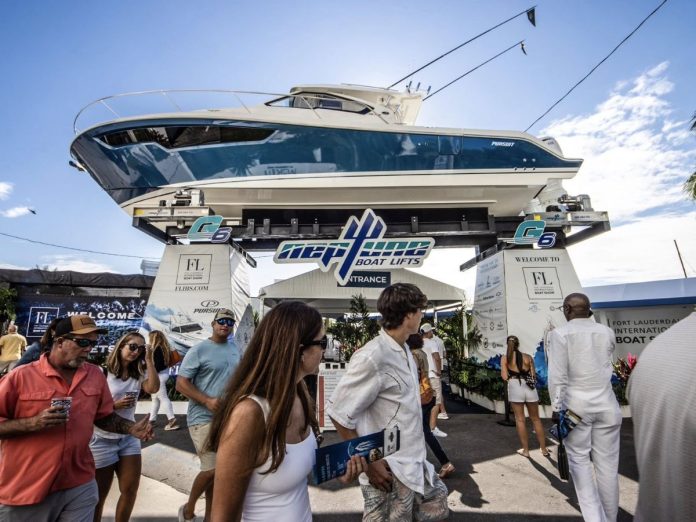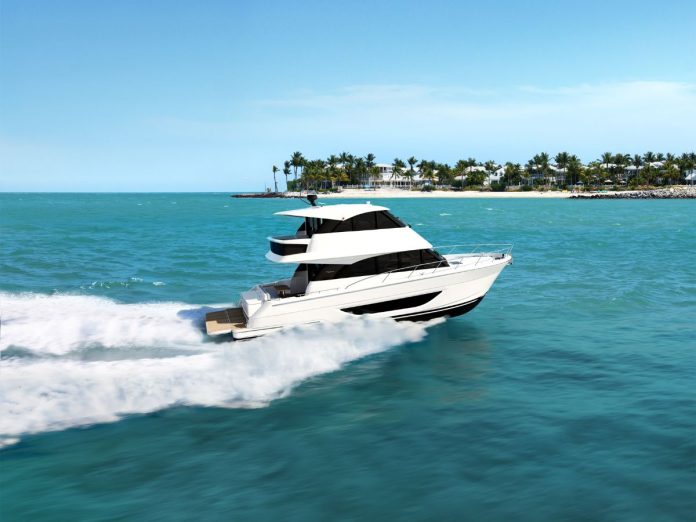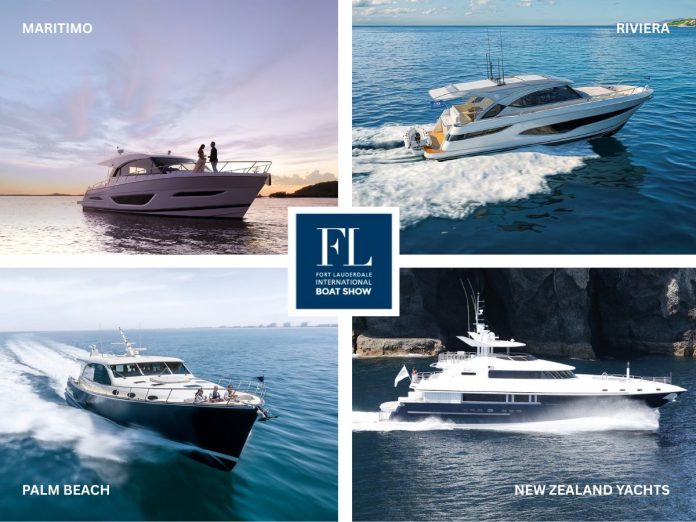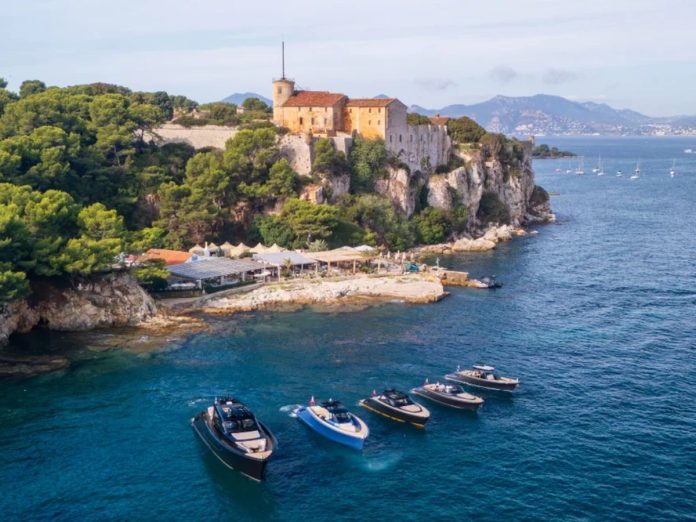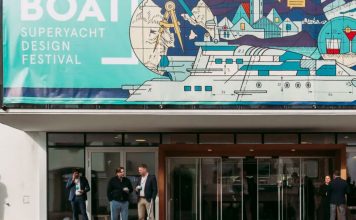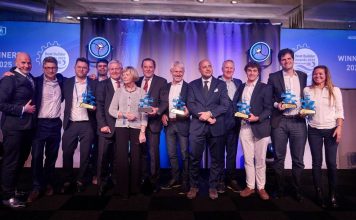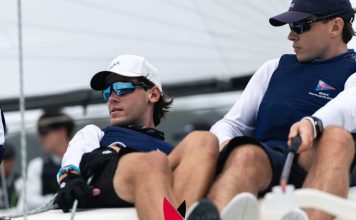This year’s Fort Lauderdale International Boat Show (the 66th) closed with a noticeably smaller fleet of superyachts and fewer length-over-length standouts than previous years. For an event often described as the world’s largest in-water boat show, the change was clear. The superyacht line-up reduced from 195 vessels in 2024 to 162 in 2025, with total fleet length down by more than 1.4 kilometres. Several major European builders chose not to exhibit in the Superyacht Village, shifting the show’s balance.
Yet those shorter numbers didn’t flatten the atmosphere. Instead, they revealed a market entering what commentators have called ‘a more deliberate phase’, where the focus shifted from “biggest available” to “best positioned”. The 2025 edition still drew over a thousand exhibitors across multiple venues, and the marina network buzzed with energy. This was a show in transition rather than decline.
Why the fleet got smaller
The downsizing didn’t come as a surprise to industry watchers. Delivery delays from European yards left fewer new builds able to make the Atlantic crossing. Several large yachts remained in the Mediterranean following an extended charter season, while a handful of builders redirected budgets towards private owner experiences rather than large-scale exhibitions. Brokerage listings filled much of the gap, with the average yacht on display sitting just over ten years old.
This shift towards mid-range vessels reflected where the strongest buying interest currently sits. Sales teams reported solid enquiry in the 25 to 40 metre range, with consumers focusing on range, deck space, interior flexibility and operating cost rather than absolute length. In a tight global market, it made sense for exhibitors to bring boats that aligned with demand rather than tradition.
A stronger core beneath the surface
Despite the smaller fleet, the commercial pulse of the show remained strong. Brokerage value still pushed toward US$1.9 billion, and builders unveiled an impressive mix of new models across production cruisers, centre consoles, sportfishers and the crucial 50- to 80-foot category. New Zealand’s Valder Yachts, present in 2024, was absent this year. New Zealand Yachts, recently re-emerged under founder Allen Jones to showcase its revived wave-piercer catamaran platform, were present. They did not display a new hull in the water, but their leadership team was present to meet clients and suppliers, marking their return to the global superyacht arena and highlighting New Zealand craftsmanship.
Palm Beach unveiled the new Palm Beach 85, Maritimo returned after a long break with a confident showing, and Riviera presented its largest-ever FLIBS fleet; together underscoring the growing influence of Australasian builders in the US market. The antipodean brands drew steady interest and positive coverage, reflecting the continued rise of Australian design and craftsmanship on the American stage.
Riviera showcases its largest fleet at Fort Lauderdale Boat Show 2025
Palm Beach Motor Yachts launches the PB85: a new flagship for a new era
The reimagined Pier Sixty-Six precinct also added a new layer to FLIBS. With upgraded hospitality, lounges and brand activations, the show leaned harder into its luxury-experience identity. Exhibitors noted that this shift helped attract a broader audience of high-net-worth visitors, even if they weren’t shopping for a hundred-metre yacht.
Purpose, responsibility and the new awards culture
Away from the docks, FLIBS sharpened its focus on the industry’s growing sense of responsibility. The Honours, a collaboration between the Superyacht Life Foundation and Boat International, celebrated individuals using yachting to support science, conservation and humanitarian work. One standout was the Sail to Shelter initiative, which repurposes retired sails into durable emergency housing.
Innovation without the arms race
While the era of length-for-length’s-sake seems to be easing, innovation remained strong. Exhibitors highlighted advances in hybrid propulsion, lightweight materials, and new interior layouts focused on comfort and efficient use of space. Galleries of “must-see boats” leaned heavily into ingenuity rather than size alone. Dayboats, fast commuters, compact explorers and versatile cruising platforms dominated conversation.
It was a reminder that large-scale shows don’t need towering superyachts to be relevant. They need ideas. FLIBS 2025 delivered plenty.
For Kiwi builders, designers and refit specialists, the message from Fort Lauderdale is encouraging. The global market is placing greater value on craft, innovation, efficient design and responsible storytelling. These are strengths New Zealand already holds.
FLIBS 2025 may have displayed fewer giants, but it put a spotlight on the kind of work our region excels in.








